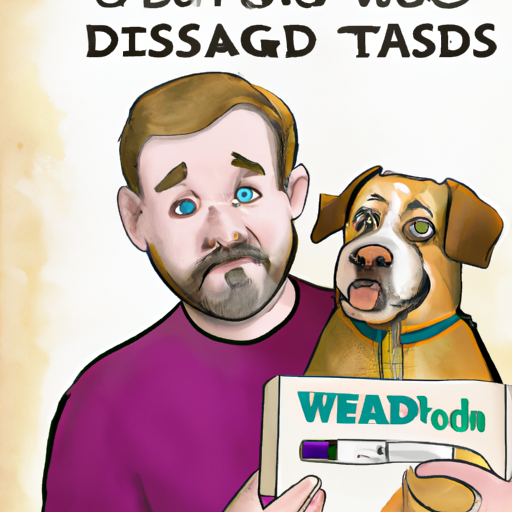Introduction
Addison’s disease, also known as hypoadrenocorticism, is a condition that affects your dog’s ability to produce important hormones. It’s often tricky to diagnose, but catching it early can make a world of difference. You’re not just a pet owner, you’re a caregiver, and that means doing everything you can to ensure your four-legged friend is healthy and happy. Let’s delve into how you can be proactive in testing for Addison’s disease in your dog.
Understanding Addison’s Disease
Firstly, you need to understand what Addison’s disease entails. It’s a disorder that occurs when your dog’s adrenal glands fail to produce enough cortisol and aldosterone. These hormones are essential for maintaining your dog’s health and wellbeing. The symptoms can be vague and often mimic other health issues which makes it even more crucial for you to be vigilant. Here’s what you need to look out for:
- Lethargy
- Decreased appetite
- Vomiting
- Diarrhea
- Increased thirst and urination
The Testing Process
Testing for Addison’s disease often involves several steps. Your vet will likely start with a complete physical exam and thorough history. Blood tests and urinalysis are also common initial testing methods. If Addison’s is suspected, an ACTH stimulation test is conducted. This involves injecting a small amount of ACTH and measuring the cortisol level response. Here’s a simple table to help you understand the process:
| Test | Purpose |
|---|---|
| Physical Exam | Check for signs of illness |
| Blood Test | Assess overall health |
| Urinalysis | Check kidney function |
| ACTH Stimulation Test | Confirm Addison’s disease |
Treatment and Management
If your dog is diagnosed with Addison’s disease, don’t panic. With proper treatment and management, your dog can lead a normal, happy life. Treatment usually involves hormone replacement therapy to restore the deficient hormones. Regular check-ups and blood tests will be necessary to monitor your dog’s condition.
Prevention and Early Detection
While there’s no surefire way to prevent Addison’s disease, early detection can greatly improve your dog’s prognosis. Regular vet visits and being aware of the symptoms are key. If you notice any changes in your dog’s behavior or physical condition, don’t hesitate to seek veterinary advice.
Frequently Asked Questions
What breeds are prone to Addison’s disease?
While any breed can develop Addison’s, it’s more common in Standard Poodles, Great Danes, West Highland White Terriers, and Bearded Collies.
How is Addison’s disease treated?
Treatment usually involves lifelong hormone replacement therapy and regular vet check-ups.
Is Addison’s disease fatal?
If left untreated, yes. But with proper treatment, dogs can live a normal life.
Can Addison’s disease be cured?
No, it can’t be cured. However, it can be managed with proper treatment.
Does Addison’s disease affect behavior?
Yes. Dogs may appear lethargic and lose appetite, among other symptoms.



